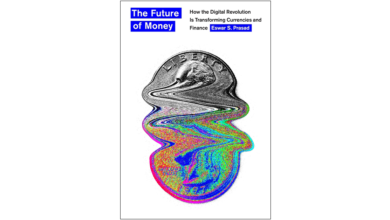Decision Attribution: Portfolio Manager Skill vs. Past Performance

A portfolio manager’s job is to make decisions — all day, every day. Some of those decisions result in trades, but many more do not. So, an important question for a portfolio manager is which of their decisions are helping and which are hurting performance? Which types of decisions are they skilled at making, and which would be better made by someone, or something, else? And could they be using their own energy more efficiently by making fewer, better decisions? Enter decision attribution analysis, the largest and, for investors, most consequential area of behavioral analytics.

Until recently, these questions were nearly impossible to answer. The best performance attribution analysis — the primary evaluative tool for many investors and fund managers — starts with the outcome and works backwards to explain it by comparing it to the performance of an index alternative. But that doesn’t really help the manager: While it is useful for explaining why the portfolio performed the way it did during a certain period, this analysis cannot identify what the fund manager could do differently to achieve a better result.
Decision attribution analysis has been greatly refined in recent years with the exponential growth in machine learning capabilities. Decision attribution is a bottom-up approach, compared to the top-down approach provided by performance attribution analysis. It looks at the actual, individual decisions a manager made in the period being analyzed, along with the context surrounding those decisions. It assesses the value those decisions generated or destroyed and identifies the evidence of skill or bias within them.
To be sure, managers make different decisions in different market environments, but there’s more to it. Of course, fund managers pick different stocks at different points in the economic cycle. But the selection decision is only one of many choices that a fund manager makes during the life of a position. There are also decisions about when to enter, how quickly to get up to size, how big to go, and whether to add and trim the position as time goes on. Finally, managers make decisions about when to get out and how quickly to do so.
These decisions are less conspicuous, less analyzed, and, it turns out, a lot less variable. Having studied equity portfolio manager behavior for the better part of a decade, I’ve seen proof, time and again, that while we change our picking behavior as the market environment changes, the rest of our “moves” are more habitual and consistent.
Anyone who has historical daily holdings data on their portfolio has the raw material required to see where they are skilled as investment decision makers, and where they are making consistent errors. I wouldn’t want to mislead: decision attribution is a complex endeavor. Any investor who has tried to do it can attest to that. And while it’s interesting to do as a one-off exercise, it is only really useful if it can be done on an ongoing basis; otherwise, how can we tell if our skill (and not just our luck) is improving?

Only recently has technology made it possible to conduct decision attribution analysis on an ongoing basis in a reliable way. It’s particularly useful in a market like the current one: It helps managers understand what they can do not only to get a better performance result but also to prove their skills to investors when their performance is negative.
None of us is a perfect decision-maker. Sophisticated allocators of capital harbor no illusions about that. But as portfolio managers, being able to show our investors — with data-driven evidence — that we know exactly what we are good at and the steps we are taking to improve goes a long way. And given the availability of the underlying data and, now, the analytical toolset, there’s really no good excuse not to do it.
If you liked this post, don’t forget to subscribe to Enterprising Investor.
All posts are the opinion of the author. As such, they should not be construed as investment advice, nor do the opinions expressed necessarily reflect the views of CFA Institute or the author’s employer.
Image credit: ©Getty Images/ portishead1
Professional Learning for CFA Institute Members
CFA Institute members are empowered to self-determine and self-report professional learning (PL) credits earned, including content on Enterprising Investor. Members can record credits easily using their online PL tracker.





